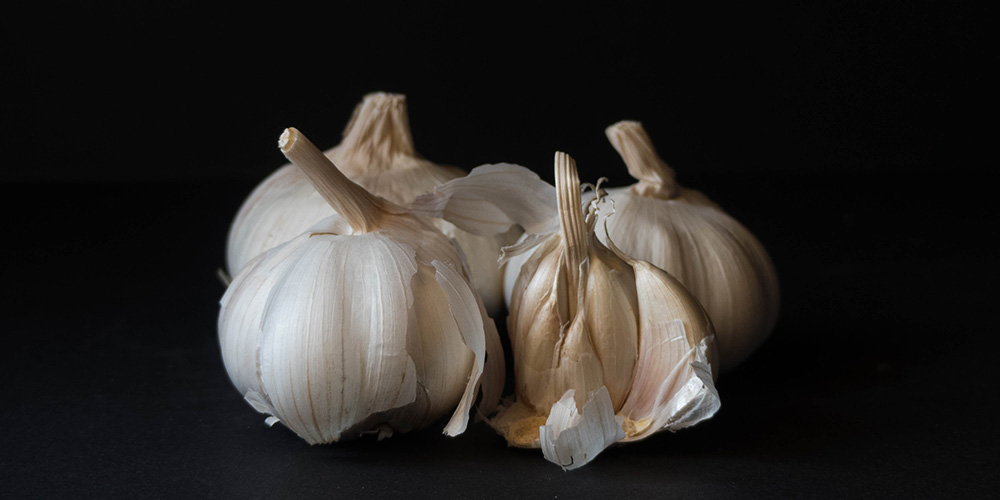
We hear it a lot from our donors on social media: “visited the vampires at Bloodworks today to drop off a pint.”
Blood is universal: we all have the same red liquid flowing through our veins. Given this constant, it’s no surprise that folklore from cultures around the world has some mention of monsters hungry for blood. Human nature compels us to provide an explanation for what we don’t understand, even if the answer is supernatural.
Though vampires do not actually exist (our blood drive coordinators in Forks confirm), the same science that helps us understand how blood transfusion saves lives may help us understand the origins of the legend.
The modern vampire myth originates in early 18th century Eastern Europe as a mix of Christian and traditional Slavic beliefs (with some embellishment today from contemporary books and movies).
It’s canon for vampires to have fangs and pale skin, avoid sunlight, lack a reflection, and be averse to crosses, garlic, and holy water. Many diseases and disorders prevalent in Europe had similar symptoms to vampirism: pale skin, sensitivity to light, blood (or the appearance of blood) in the mouth, and dementia-driven aggression.
Vampires were thought to target families, taking them out one by one. Genetic diseases are spread from parents to offspring, while bacteria and viruses are often transmitted among those in close proximity (like to the people in your household).
Without knowing how diseases spread, vampires seemed as reasonable as microbes and chromosomes. Mondern scientists and historians theorize that there could be many possibilities as to the medical origin of the legend.

Known as “the vampire disease,” porphyria is a group of rare, genetic blood disorders that impact the production of hemoglobin, the iron-rich protein that transports oxygen in the blood.
Cutaneous porphyrias (porphyrias affecting the skin) leads to sensitivity to sun and light. Acute porphyrias (porphyrias affecting the nervous system) can lead to weakness, dementia, hallucinations, and paranoia. All of these symptoms sound like signs of vampiric possession.
However, it’s Gunther’s disease, also known as erythropoetic porphyria, that may be most closely linked to vampirism. Garlic further degrades enzyme that destroys sufferer’s red blood cells (not-so-fun fact: it has the same effects in cats and dogs, so don’t feed your pets garlic or onions), while sunlight damages their skin.
Finally, build-up of toxic blood components may deposit in bones and teeth, staining the teeth red or brown, as if their owners had been drinking blood.

Art imitating life or life imitating art? Dr. Juan Gomez-Alonso posited that rabies might be an explanation for the origin of the vampire legend after a vampire movie on TV got him pondering the similarity.
Many symptoms of rabies mirror (no pun intended) those of vampires: insomnia, aversion to certain foods (like garlic) and water, aggression, biting, bloody saliva, and a fear of one’s reflection. Legend tells of one man who tore his wife apart after contracting the virus.
And a major rabies outbreak in Hungary in the 1730s coincided with reports of increased vampire activity.
Vampires turn into bats, wolves, or dogs, animals known to carry rabies in many parts of the world. In the 18th century, wolves were a huge threat to rural communities, and it may be that werewolves and vampires have the same origin.
The animal origins of rabies, either through a bite or by consuming the milk or flesh of rabid livestock, may be a further clue that rabies is the source of the myth: animal possession was linked to the occult.

While you may never have heard of pellagra, it was a common cause of death in the 18th century. Pellagra is a deficiency of niacin and tryptophan most commonly found in regions where corn is a dietary staple, especially among the poor, who got most of their calories from the inexpensive grain. These nutrients within corn are difficult for the body to absorb, similar to how iron in vegetables is less bioavailable than iron in meat.
Corn made its way from the Americans to Europe roughly around the time vampire mythology took off.
The hallmarks of pellagra are “the four D’s”: dermatitis, dementia, diarrhea, and, if not treated, death. Sufferers avoid the sun because it causes their skin to get red and thick at first, then pale, thin, and scaly over time.
Pellagrans may also display insomnia, aggression, and erythematous glossitis: inflammation of the tongue that may make the mouth appear bloody.

This theory is more literary than the rest: researchers examined gothic vampire novels (including Bram Stoker’s Dracula) and concluded that the victims showed symptoms similar to acute (fast progressing) leukemia.
Leukemia starts in the bone marrow and affects the white blood cells. Sufferers become pale, lose weight rapidly, and may bleed from their gums. Sound familiar?
Today, leukemia patients may receive many blood transfusions as part of their treatment, so in a way, Bloodworks’ blood collection specialists are benevolent Draculas, taking your blood to nourish someone else.

You’ve probably heard of the Salem Witch Trials, but did you know that New England had more recent supernatural scare? While the modern vampire myth is Slavic in origin, America was no exception to the panic.
Rhode Island was considered the “Vampire Capital of America” after members of George Brown’s family began to get sick and die in the late 1800s. Though doctors at this point were aware of and had diagnosed George’s family members with consumption (tuberculosis), superstitious townspeople suspected vampires.
Tuberculosis is a bacterial infection that typically attacks the lungs and can lead to a slow, agonizing death without modern medical treatment. It’s spread through the air, though (unlike COVID) takes hours of prolonged exposure for infection to take hold. Subsequently, it’s usually caught from a family member (the people you spend the most time with) rather than a stranger.
Sufferers cough up blood, become pale and thin, and seem to waste away – as if something is draining their lifeforce.
Other people may carry the bacteria and never show symptoms or transmit it to anyone, which may explain why George Brown remained healthy but buried his entire family.

Earlier this year, archeologists in Poland excavated the grave of a 17th century woman buried with a sickle arched around her throat in such a way that, if the corpse were to rise, it would quickly be decapitated.
Vampires were thought to rise from their tombs at night to feed and return at dawn, bloated with the blood of their victims, so believers would prevent vampire attacks by going to the root of the cause: the grave itself.
If a recently deceased townsperson was suspected of being a vampire, they might be exhumed. If the corpse’s blood seemed fresh or their teeth had become fangs? Obvious signs of a vampire.
Or not. Many signs of vampirism are part of normal decay.
Blood in the mouth? Blood oozing from orafices is a result of putrefaction. The dead were often buried face down to confuse them just in case they were a vampire, and gravity directed the liquid down the throat into the mouth.
Feeding at night? Bodies bloat after death, which explains how someone frail at the time of death could have the appearance of now being well-fed.
Fangs? Hair, teeth, and nails appear to grow as the flesh around them shrinks, giving teeth the appearance of fangs.
Shrieks and groans? Romanian superstition told people to drive a stake into the corpse or remove the head and stuff the mouth with garlic. Decomposing lungs may expel gas with force (say, from a stake being driven into them), causing noises that sound like the screams of a dying beast.
Life in death? When George Brown’s remaining child became ill in 1892, townspeople exhumed the bodies of his wife and daughters. The first two graves showed expected decomposition, but the third grave, that of daughter Mercy Lena Brown, appeared in death as she had in life, only with longer hair and fingernails – therefore, a vampire.
Mercy had only been dead for a few months, and the cold temperatures around her passing, burial, and subsequent exhumation likely slowed her decay.
Significant blood loss before death (in a consumptive coughing fit, perhaps) may also slow decomposition, as bacteria like to feed on blood proteins.
Most terrifying of all, it was not unheard of for people to be buried alive before doctors knew how to reliably check vital signs — are scratches on the inside of a coffin lid more frightening when they come from the undead or from the still-living?

The list goes on. Many diseases come on suddenly, cause the patient to waste away, or lead to aggression and confusion which, combined with natural decomposition processes, add up to vampire activity. And who’s to say that cholera in Poland and rabies in Hungary couldn’t have both been linked to vampires in those regions?
We now understand where diseases come from, how they spread, and how to stop them.
Medicine is no longer scary, dangerous, or unknown.
Germ theory, along with blood banking, antibiotics, and defibrillators, changed attitudes towards medicine; hospitals went from places to die to places to be saved in the 20th century. People today trust doctors.
But, for as far as we’ve come, there’s still a lot we don’t understand about science, medicine, the world around us, and the cells within us.
Until recently, it was thought that only men could have hemophilia. Research done at Bloodworks Research Institute shows that women can also suffer from bleeding disorders.
What else do we currently accept as fact that will later be disproven?
Our researchers are asking key questions: what role does blood play in heart disease? Why do some people clot too much while other people don’t clot enough?
While vampires exist only in stories, the need for blood in our community is very real. Blood won’t make you immortal, but it keeps people alive every day. It takes 1,000 donors each day to treat patients at the hospitals we serve.
You can help by scheduling your next donation today and supporting our lifesaving blood research.
Tell Us What You Think!